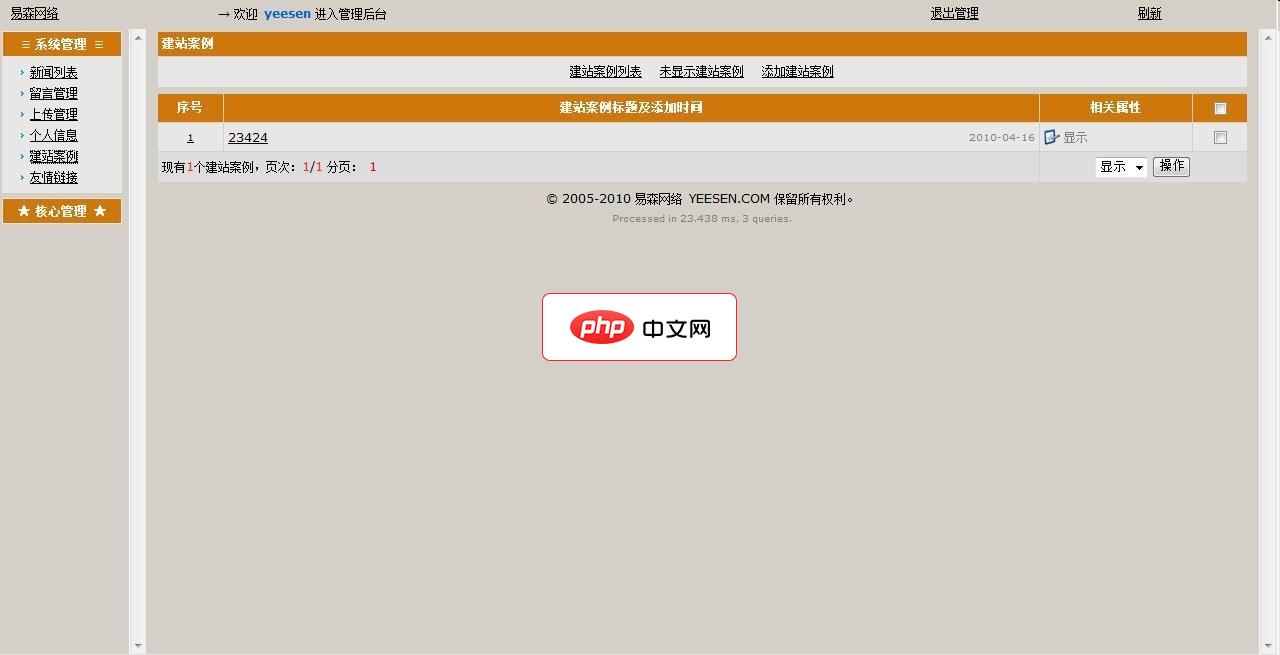
在Linux系统中进行系统更新通常包含以下几个步骤,具体命令可能因不同的Linux发行版而略有差异:
<code>sudo apt update # 针对基于Debian/Ubuntu的系统 sudo yum update # 针对基于Red Hat/CentOS的系统 sudo dnf update # 针对基于Fedora的系统</code>
<code>sudo apt upgrade # 针对基于Debian/Ubuntu的系统 sudo yum upgrade # 针对基于Red Hat/CentOS的系统 sudo dnf upgrade # 针对基于Fedora的系统</code>
<code>sudo apt install linux-image-generic # 针对基于Debian/Ubuntu的系统 sudo yum install kernel # 针对基于Red Hat/CentOS的系统 sudo dnf install kernel # 针对基于Fedora的系统</code>
<code>sudo apt autoremove # 针对基于Debian/Ubuntu的系统 sudo yum autoremove # 针对基于Red Hat/CentOS的系统 sudo dnf autoremove # 针对基于Fedora的系统</code>
<code>sudo apt clean # 针对基于Debian/Ubuntu的系统 sudo yum clean all # 针对基于Red Hat/CentOS的系统 sudo dnf clean all # 针对基于Fedora的系统</code>
对于Ubuntu系统,还可以通过以下方式来进行系统更新:
<code>sudo apt update</code>
<code>sudo apt upgrade</code>
<code>sudo do-release-upgrade</code>
若希望系统能自动更新软件包,可以安装并配置 unattended-upgrades 工具:

如果您是新用户,请直接将本程序的所有文件上传在任一文件夹下,Rewrite 目录下放置了伪静态规则和筛选器,可将规则添加进IIS,即可正常使用,不用进行任何设置;(可修改图片等)默认的管理员用户名、密码和验证码都是:yeesen系统默认关闭,请上传后登陆后台点击“核心管理”里操作如下:进入“配置管理”中的&ld
 0
0

<code>sudo apt install unattended-upgrades sudo dpkg-reconfigure --priority low unattended-upgrades</code>
完成配置后,系统软件将自动更新。
请记住,在执行更新和升级之前,最好备份重要数据,以避免更新过程中的意外导致数据丢失。
以上就是Linux Trigger:如何进行系统更新的详细内容,更多请关注php中文网其它相关文章!

每个人都需要一台速度更快、更稳定的 PC。随着时间的推移,垃圾文件、旧注册表数据和不必要的后台进程会占用资源并降低性能。幸运的是,许多工具可以让 Windows 保持平稳运行。

Copyright 2014-2025 https://www.php.cn/ All Rights Reserved | php.cn | 湘ICP备2023035733号